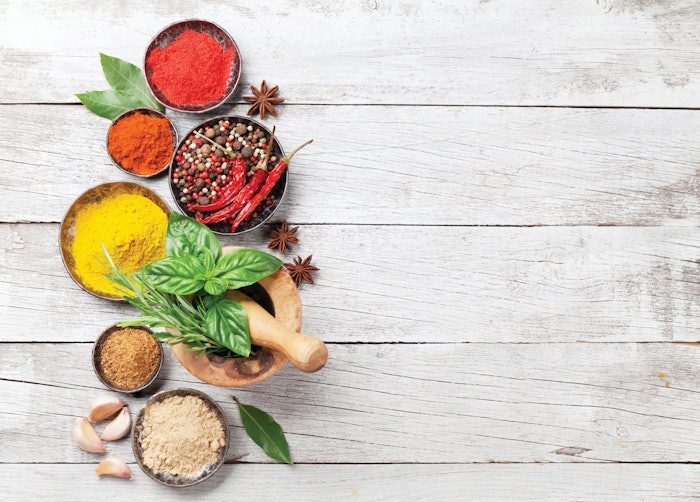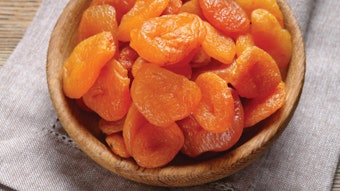
Spices and herbs have been sought after and used for centuries. They are generally not consumed as food but are used to modify the flavor and other characteristics of food. Herbs are made from the leaves of select low-lying, usually temperate plants, like basil, oregano and thyme. Spices are made from any part of the plant and are usually tropical, like cumin, coriander and black pepper. Herbs and spices are used either fresh and soon after harvesting, or dried and used any time of the year. Extracts were developed to offer the characteristics of herbs and spices in a more concentrated, stable and flexible form. The two most common extracts, oleoresins and essential oils, are used throughout the food and flavor industry. They can be used to substitute fresh and dried herbs and spices. However, there are flavor profile differences among the different forms. This article discusses the differences in flavor among three forms—dried, essential oils and oleoresins—and offers advice to product developers on the suitability of each in finished applications.










